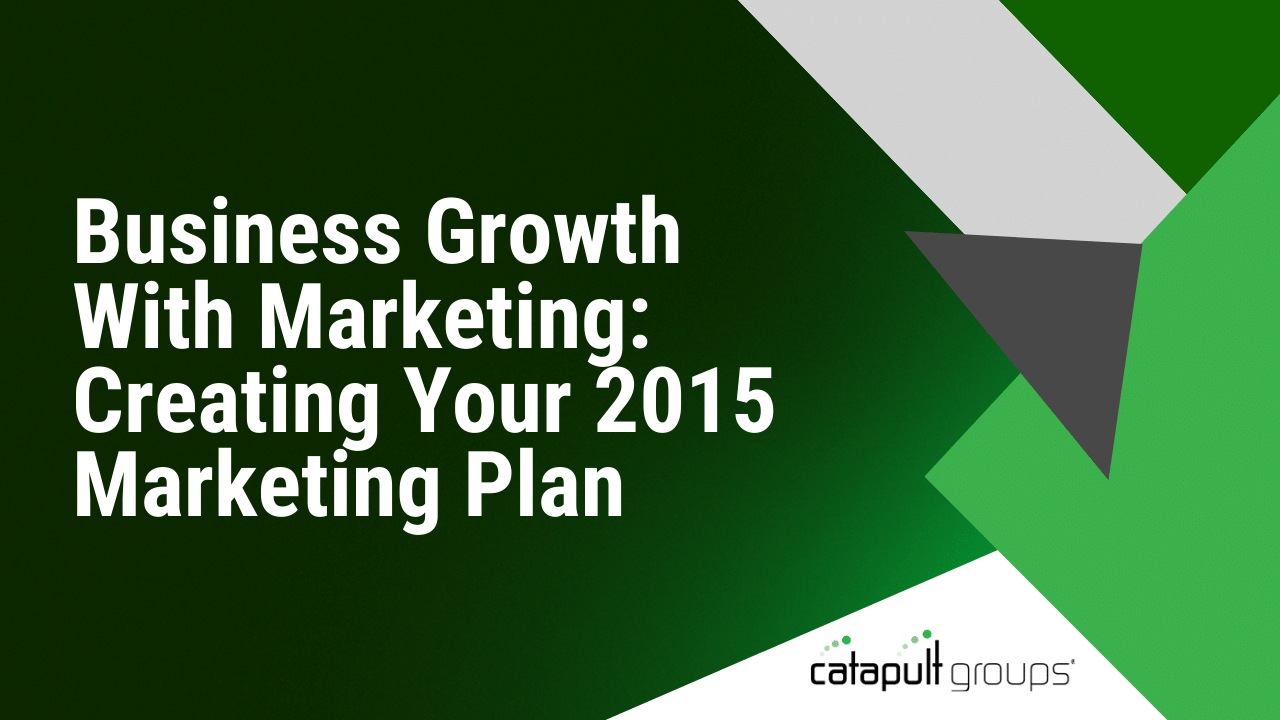Effectively Using a CRM System Increases Sales
In this article, I would like to remind CEO’s of the benefits of effectively using a CRM system, and to encourage you to invest heavily in this readily available technology to help your business succeed.
CRM is a strategic approach for building loyalty that allows for the combination of personal touches of traditional service with the efficiencies of modern technology. A good CRM platform draws on a detailed understanding of your customers’ buying habits to drive sales. It accounts for market nuances and the power of emotion for attracting customers. It’s a modern way of thinking about sales and marketing in the digital age.
How Can a CRM System Increase Business?
There are many platforms available to companies today, and the guidelines to follow will apply to any system that you invest in. Typically investing in the gold standard software cost a bit more, and it is usually a good investment over the long term.
Making deposits or investments of time and value into your customers and prospects requires regular communication. If you have no investment it is difficult to expect any real returns. You cannot go too long without talking with them or you’re likely to be forgotten. In effect forgotten means throwing away the investment to capture the lead. When maintaining communications through a CRM, here are some tips to keep in mind:
Keep your communications varied and frequent: Touch base with your prospects and referral partners in a meaningful way every 3 to 5 weeks. Invite them to your seminar, send them an email, call them and see how they are doing (add notes to their contact about things you know matter to them). Remember, people buy from people. How can you help your client or prospect? It is important to be genuinely interested in and show that you “get” them. Keep the topics meaningful and don’t be too predictable. If you do the same things week in and week out, clients will get burned out on your communications. Mix it up so you don’t get lost in the crowd.
Tiered Communications: Remember that prospects have to be nurtured over time. You may want to consider using a tiered approach to your communications. For example, a Tier C prospect may receive a newsletter, while Tier B received a newsletter and a phone call. Your Tier A prospects should receive both in addition to inviting them to a seminar, such as a “Lunch and Learn” or some higher level personal interaction. You do not have the bandwidth to do the same thing for all customers, so segment them and tailor the communication.
Keep your database up to date: Data either gets better or degrades. It will be important to scrub your contacts on a regular basis. People change companies and positions within those companies. New information becomes available on an everyday basis. If you do not stay on top of it, your data becomes useless. When that occurs you will be left without the ability to differentiate anyone in your database, and will resort to sending generic newsletters – which is less than optimal.
Data Analytics: Analyze the feedback you get from your CRM for its highest and best use. Most systems will have reports that tell you how many of your emails were opened and if they “clicked through” to the article or website. Use these reports to determine what newsletter and email topics are getting the best response as well as what is not working well.
Sales Metrics: Your sales management will want to track activities, proposals, and win/loss ratios over time. Software makes that easy, and easy to report to senior management. Spending some effort to develop thoughtful pipeline reporting will yield data points that allows for better decision making as it relates to proposal strategy and anticipated revenue volume.
The customer controls timing and you, to a certain extent, can help build and foster trust by being of value to them. A sale typically happens at the intersection of trust and timing. Investing and making deposits (not asking for withdrawals) and being of value is important. When the prospect needs a service or the goods that your firm offers you will be well positioned for them to remember you. When you are remembered in the prospects moment of need you will be invited to participate in their procurement process. I am confident that if you compete for more business you will likely earn more business. Think about systems and how you might automate and communicate with a broad section of your prospects and clients to keep yourself top of mind and in the hunt for additional sales.
Additional reading can be found here on the Catapult Groups Resource Page: “Marketing Strategy: Think Before you CRM”.



